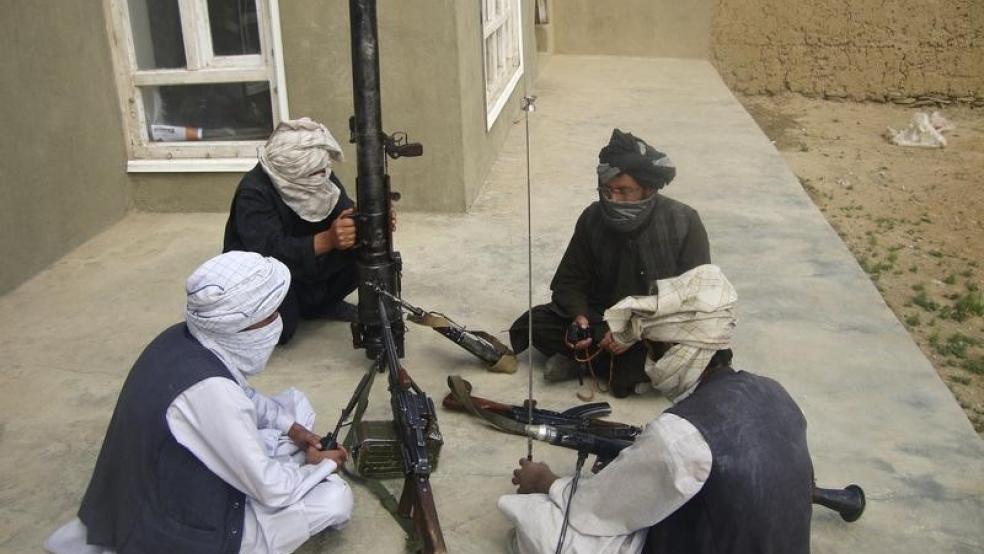Early next October, about a month before the presidential election, America will mark a disturbing milestone: the 15-year anniversary of invading Afghanistan to seek and destroy terrorists who masterminded the September 11, 2001, attacks that killed thousands, brought down the World Trade Center and set the Pentagon aflame.
Outgoing President Barack Obama, who promised as a candidate in 2008 to extricate the country from the grinding warfare in Afghanistan that has killed tens of thousands of civilians, left almost 2,400 U.S combat troops dead, and maimed or wounded many thousands more, will depart office with that pledge unfulfilled.
Related: Can the US Buy Peace in Afghanistan?
Obama said on Wednesday that an 8,400-person military presence would remain in the country to support Afghan National Defense and Security Forces (ANDSF) – 3,000 more than originally planned – at least until 2017. The ANDSF remains too weak to stand on its own against a resurgent Taliban, the radical Islamic organization that gave refuge to Osama bin Laden and al Qaeda, perpetrators of the 9/11carnage.
The Taliban now controls more of Afghanistan than it did when former President George W. Bush sent U.S troops into battle there in 2001, the Los Angeles Times says, citing estimates by the United Nations.
That dismal statistic comes despite the $68.4 billion that Congress appropriated between 2002 and March of this year to underwrite training of Afghan security forces, according to a report by the Special Inspector General for Afghanistan Reconstruction (SIGAR). And that doesn’t include monies contributed by coalition forces there and the Afghan government itself.
The question now is this: If Obama couldn’t arm and train Afghans to safeguard their own country, will the next president – should she or he continue this effort – be able to do any better?
Related: Where Did $800 Million in Afghan Aid Go? The Pentagon Shrugs Its Shoulders
Presumptive Republican presidential nominee Donald Trump tweeted last January: “Let’s get out of Afghanistan. Our troops are being killed by the Afghanis we train and we waste billions there. Nonsense! Rebuild the USA.”
But it’s not that easy.
“We’re not trying to create a Western-style society here. We’re looking at an adequate level of security to prevent the re-emergence of transnational terrorist threats,” the current commander of U.S. and NATO forces in Afghanistan, Lt. General John W. Nicholson Jr., said in a hearing before the Senate Armed Services Committee earlier this year, according to the SIGAR report.
That means just keeping the wolves of the Taliban at bay and preventing it from providing another safe haven for terrorists.
General John F. Campbell, who retired as coalition commander in March after an 18-month tour, has said that 70 percent of the problem with Afghan forces is poor leadership.
Last February, National Intelligence Director James Clapper told the same Senate committee that “fighting in 2016 will be more intense than 2015, continuing a decade-long trend of deteriorating security,” the SIGAR report said.
Related: Afghan Reconstruction Costs Top WWII’s Marshall Plan
So the next president will likely have to make the same sort of decision that Obama wrestled with in 2009 when the security situation in Afghanistan was also eroding. The general then commanding coalition forces, Stanley McChrystal, urged the president to commit 40,000 more troops. But Vice-President Joe Biden, later ridiculed by McChrystal in a Rolling Stone article that resulted in his dismissal by Obama, led the opposition to a big surge in troops.
After much debate, McChrystal didn’t get the buildup he wanted and had to settle for 17,000 additional soldiers. One hawkish Cabinet member had his back, however. The general’s push for a serious surge, which might have resulted in a different outcome by 2016, was fully supported by the then Secretary of State, Hillary Clinton.





